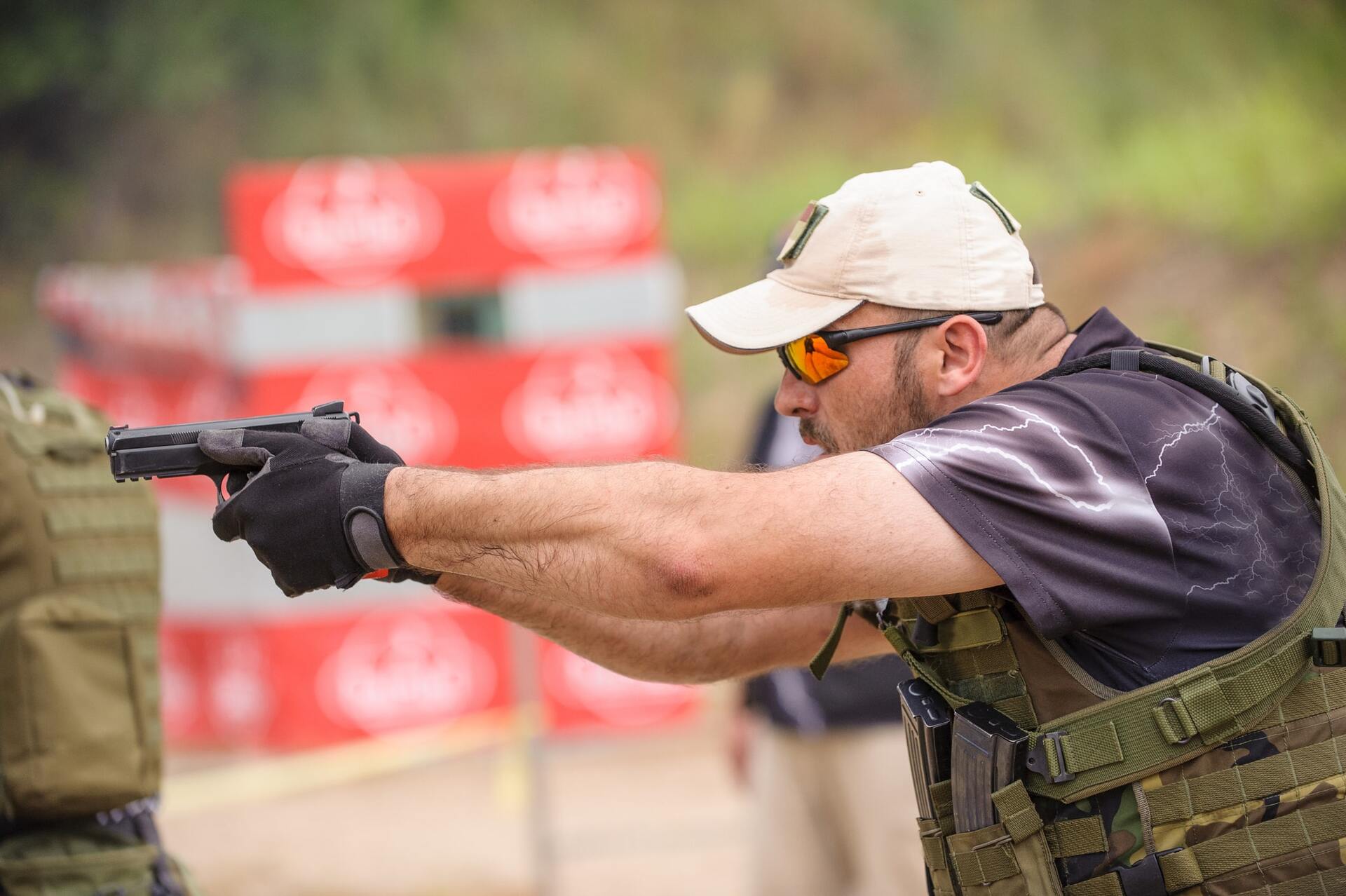Handgun training, drills, and safety are essential components of responsible gun ownership. Owning a handgun requires a deep understanding of the mechanics of the gun. You must also understand the laws and regulations surrounding gun ownership and usage, and most importantly, the safety measures that must be taken to prevent accidents and injuries. In this blog, we will explore the fundamentals of handgun training, drills, and safety and provide tips for both novice and experienced gun owners.
Training
The first step in owning a handgun is to seek proper training. It is essential to understand how to safely and effectively operate a firearm. This training can be done through a variety of channels. Local gun ranges, certified instructors, and online courses are all valuable resources.
Gun ranges offer a controlled environment to practice firing a handgun. It is essential to seek out a range with experienced instructors who can teach you the proper techniques and guide you through the learning process. Many ranges also offer classes on basic firearm safety and marksmanship skills, which are crucial for every gun owner.
Certified instructors can provide more personalized training, focusing on individual skill development and addressing specific concerns. An experienced instructor can help you improve your shooting technique and provide you with valuable feedback on your performance.
Online courses are another option for handgun training. Many reputable online courses offer detailed lessons on the mechanics of the gun, safety protocols, and basic shooting techniques. However, it is important to supplement online courses with hands-on training at a range or with a certified instructor.
Drills
Drills are an essential component of handgun training. They help improve muscle memory, accuracy, and reaction time, which are crucial skills for any gun owner. Some drills that can be practiced include:
- Dry fire drills – Dry fire drills involve practicing gun handling and trigger control without live ammunition. This helps improve muscle memory and technique.
- Shooting drills – Shooting drills involve live ammunition and are used to practice accuracy and reaction time.
- Movement drills – Movement drills involve shooting while on the move and help improve situational awareness and target acquisition.
- Reload drills – Reload drills involve practicing loading and unloading the firearm quickly and efficiently.
It is important to practice drills regularly to maintain muscle memory and improve skills. However, drills should always be done in a controlled environment with a focus on safety.
Safety
Safety is the most critical component of handgun ownership. Take the following safety measures to prevent accidents and injuries:
- Always keep the gun pointed in a safe direction – This means never pointing the gun at anything you don’t intend to shoot.
- Keep your finger off the trigger until ready to shoot – This means keeping your finger off the trigger until you are ready to fire.
- Keep the gun unloaded until ready to use – This means always treating the gun as if it is loaded and only loading it when you are ready to use it.
- Know your target and what’s beyond it – This means understanding what is behind your target and making sure there is no danger of hitting unintended targets.
- Store guns and ammunition separately – This means storing guns and ammunition in separate locations to prevent accidental discharge.
Handgun training, drills, and safety are crucial components of responsible gun ownership. Seeking proper training, practicing drills, and prioritizing safety are all essential steps in becoming a responsible gun owner. It is important to always prioritize safety and never underestimate the power of a firearm. With the proper training and knowledge, owning a handgun can be a rewarding experience, but it is always essential to prioritize safety above all else.

